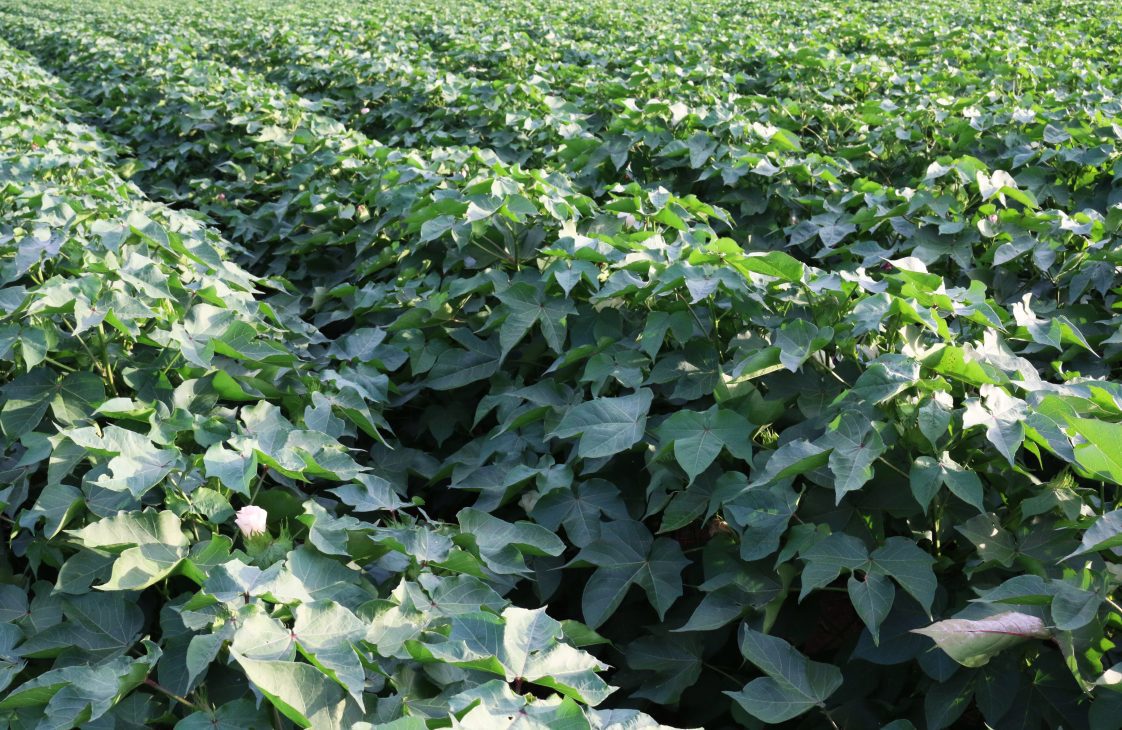Farming

AUBURN UNIVERSITY, Ala.—The Agriculture Improvement Act of 2018 is set to expire Sept. 30. An Alabama Cooperative Extension System economist said the act, generally known as the farm bill, has more than just an agricultural impact on Alabamians.
Adam Rabinowitz is expecting house and senate committees to begin releasing bill drafts in late August near the end of the congressional recess or in early September when Congress resumes session. However, the Inflation Reduction Act of 2022 changed some program expiration dates and removed some sense of urgency.
Rabinowitz said realistically speaking, a farm bill passage by Sept. 30 is not likely.
“The complex nature of this bill and the political climate in D.C. makes even a Dec. 31 completion difficult,” he said. “This is one of those situations where we may see an extension to the existing farm bill with debates continuing into 2024.”
What’s in a farm bill?
Contrary to the bill’s name, most monies in a farm bill are not allocated to agricultural programs or research. Based on more recent budget estimates, Rabinowitz said Americans can expect a nearly $1.5 trillion bill proposal. Nearly 85% of that figure will be designated for supplemental nutrition assistance programs (SNAP).
According to data obtained from the U.S. Department of Agriculture Food and Nutrition Service, one in seven Alabamians received help from SNAP in May 2023. This is equivalent to about 15% of Alabama’s population or 772,813 people.
Joel Cuffey, an assistant professor in agricultural economics and rural sociology in the Auburn University College of Agriculture, researches SNAP programming. He said the program brings in millions of dollars each year that is spent on food in Alabama businesses and helps ensure Alabamians receive the food and nutrition they need for a healthy, active life.
Farm Bill’s Emphasis on Ag
While the nutrition assistance programs will be a priority for Alabama legislators, the impacts on agriculture will also be high on the list. Alabama has more than 44,000 farms covering 8.9 million acres.
Agriculture is a big industry in Alabama with one out of every 4.6 jobs in the state relating to agriculture and forestry. While there are many farms, the average farm size is 211 acres.
“There are a lot of areas that Alabama farmers are concerned about for this farm bill,” Rabinowitz said. “The way input costs have increased for crop production over the past few years has not been addressed by the current safety net programs. Labor issues are especially important for specialty crop producers. New and beginning farmers continue to have challenges accessing land and capital.”
High Priority Topics in a New Farm Bill
Rabinowitz said there are many angles to consider as legislators work toward a final bill. Topics that take precedence are
- Nutrition assistance
- Agricultural safety net programs
- Crop insurance and disaster assistance
- Wild hog eradication program
- Specialty crops
- Livestock
- Conservation programs
Each of these topics has an impact on Alabama residents, as do other areas of the farm bill. Rabinowitz and his colleagues are following developments closely. A series of articles highlighting the topics that are most impactful to Alabamians will be available on the Alabama Extension website in the coming weeks.
More Information
Visit www.aces.edu for more information. Interested individuals may also contact Rabinowitz directly at anr0072@aces.edu with questions as he follows the farm bill process.

